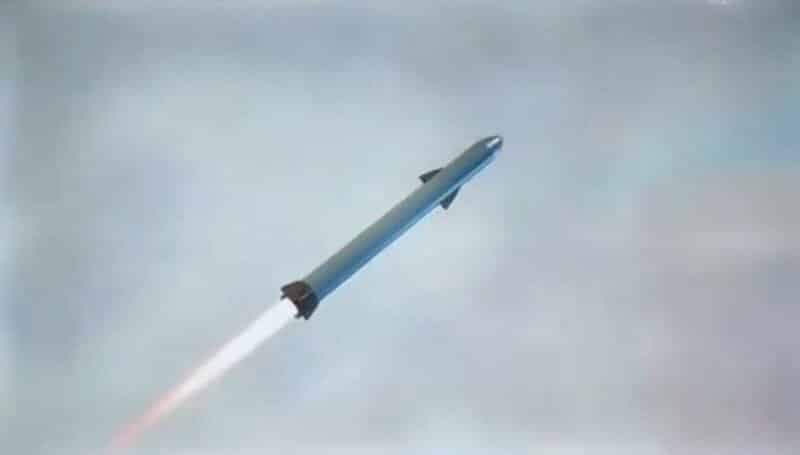In 2017, SpaceX showed his vision of the future: an end-to-end transportation system that can take people anywhere on the planet in a couple of hours, with suborbital flights.
Four years later, the vision of what is now known as the Starship system has made significant progress, with SpaceX focusing on getting the first astronauts to the surface of Mars within the next decade or so using the same rocket.
Now, China pursues the same concept. Although perhaps "chasing" is not the right verb. Judging by promotional videos shown by the China Academy of Launch Vehicle Technology, the country's state-owned missile maker, the nation has a pretty similar vision to Starship. Rather, quite similar.

A Starship twin
The Chinese concept (did I mention that already?) Bears a striking resemblance to the stainless steel-clad aircraft created by Elon Musk's engineers, and also winks a lot at its companion Super Heavy booster, even in the triangular aerodynamic "fins" .
Take a look at the video showing the passengers in zero gravity as they supposedly travel from one continent to another. But... wait a second: even the video, upon closer inspection, looks a lot like the original video of the 2017 SpaceX Starship. What do you think?
Whoever starts first has an advantage, but whoever runs more wins the race
The Chinese deadline for developing such an end-to-end transport system is rather relaxed. Second plans previously announced, the Chinese system will be ready for 2045. Ten years earlier (in 14 years, in other words) the service of suborbital flights for freight shipments should start, however.
The details of the "Chinese Starship" are still not entirely clear: what we know from the cold news is that today China is focused on the development of a heavy rocket called Long March 9. And a space station, and a (serious) cooperation with Russia.


